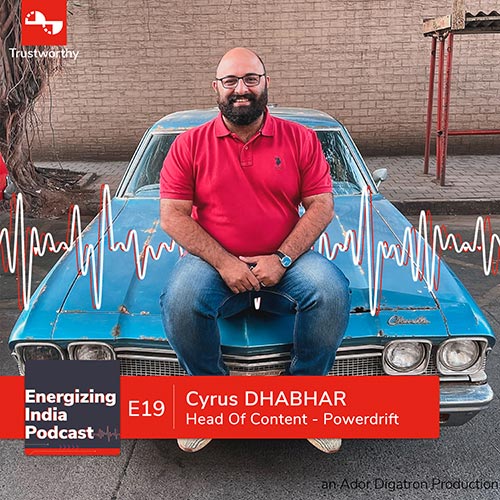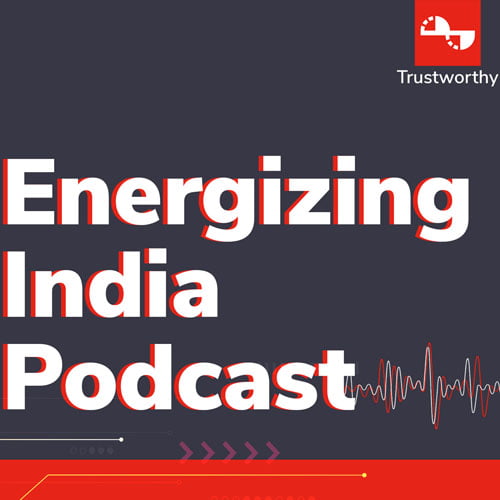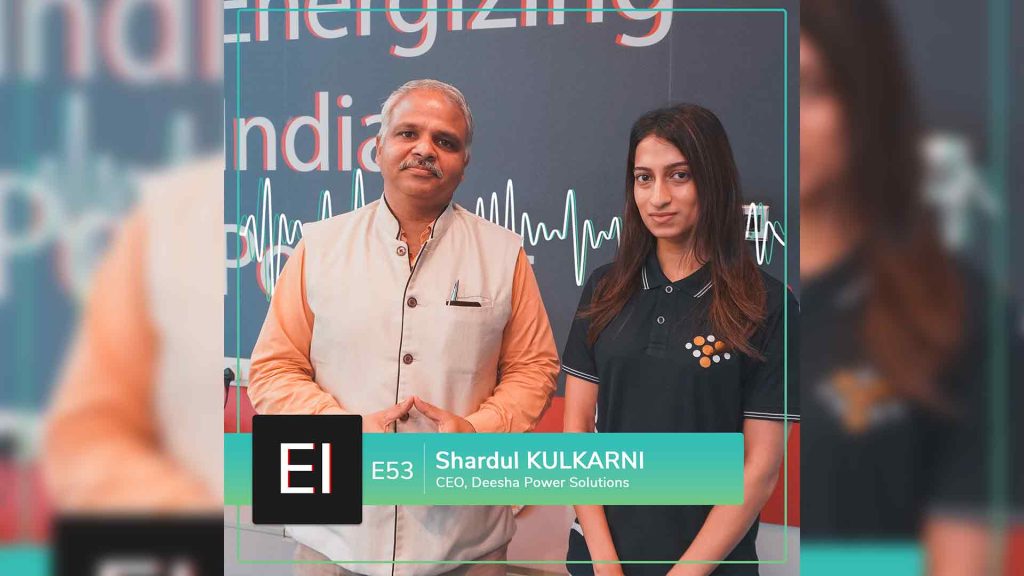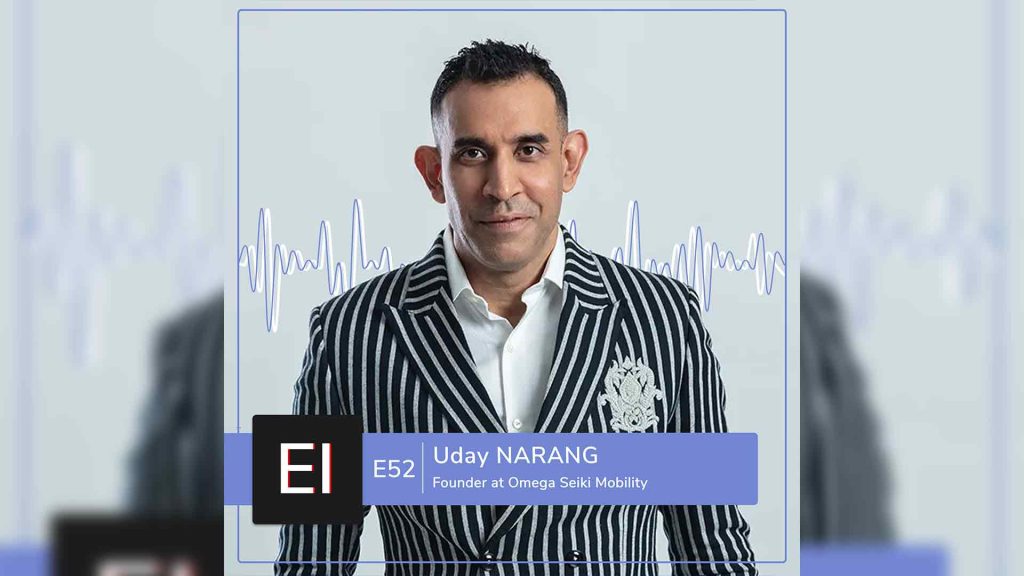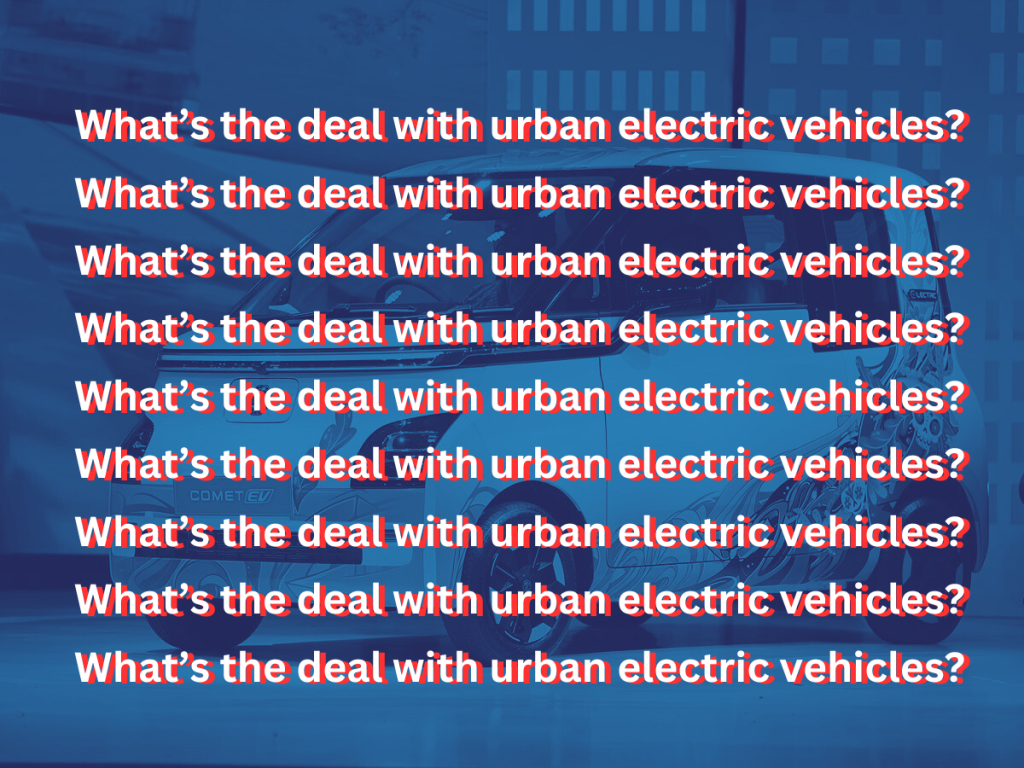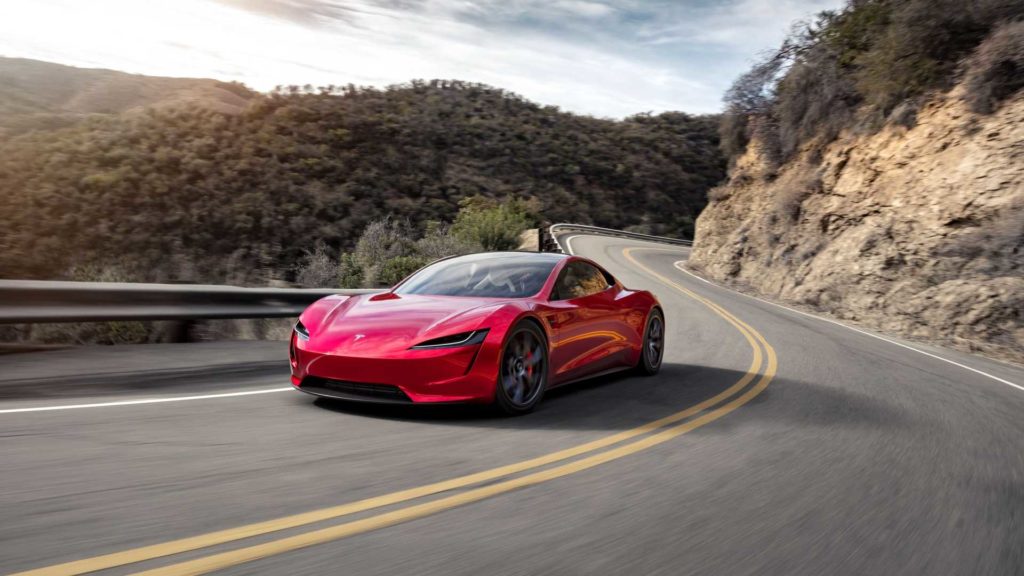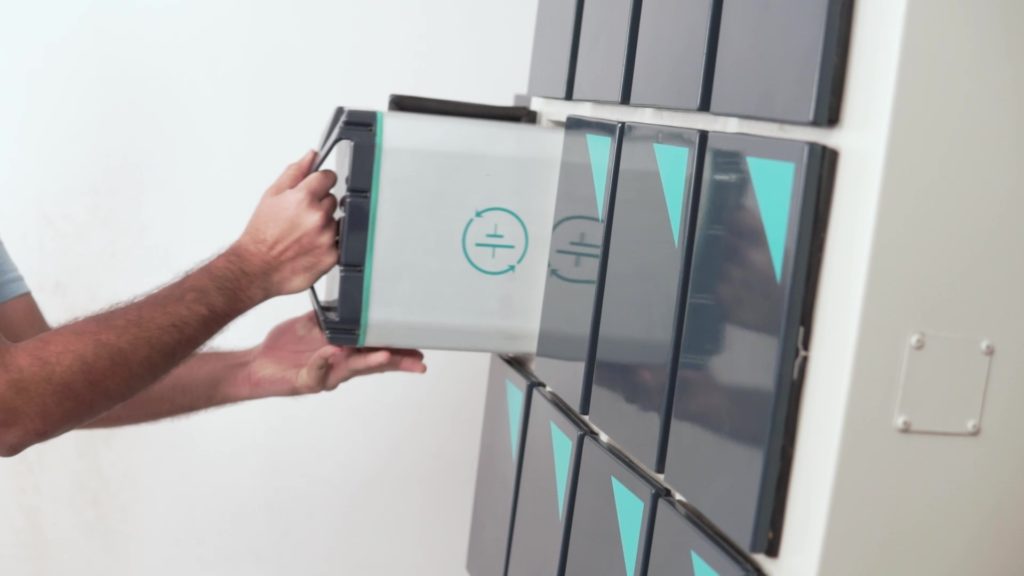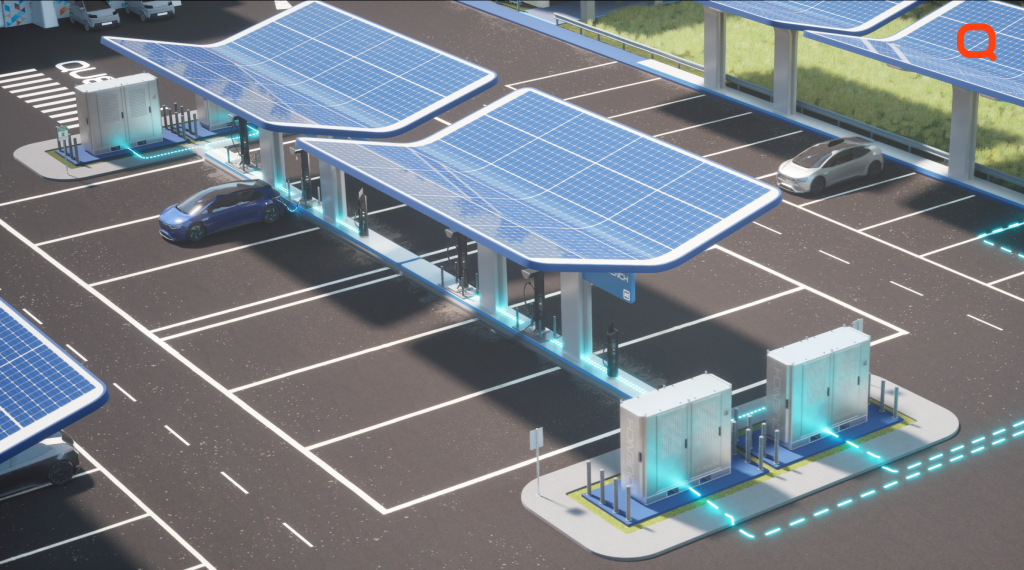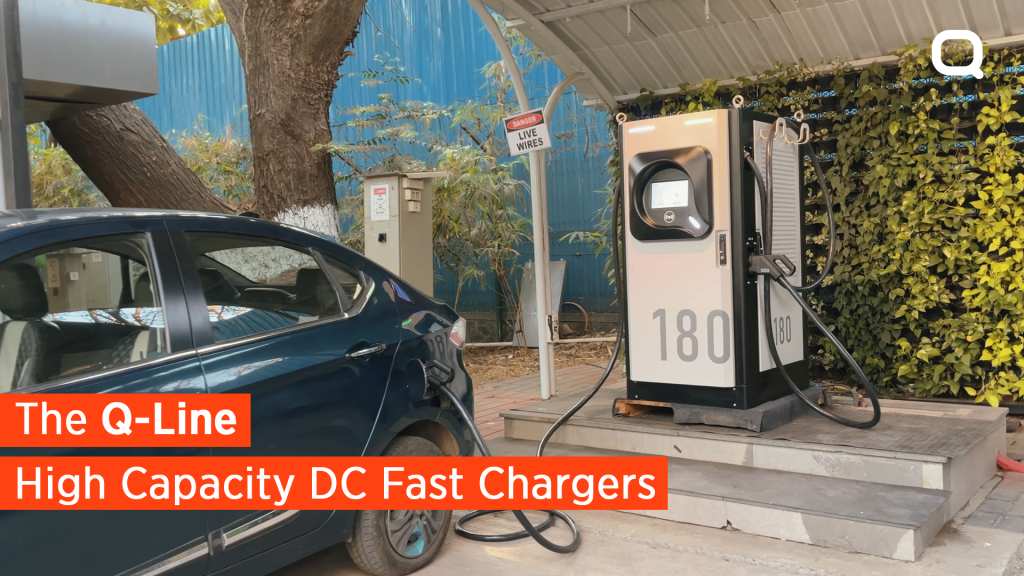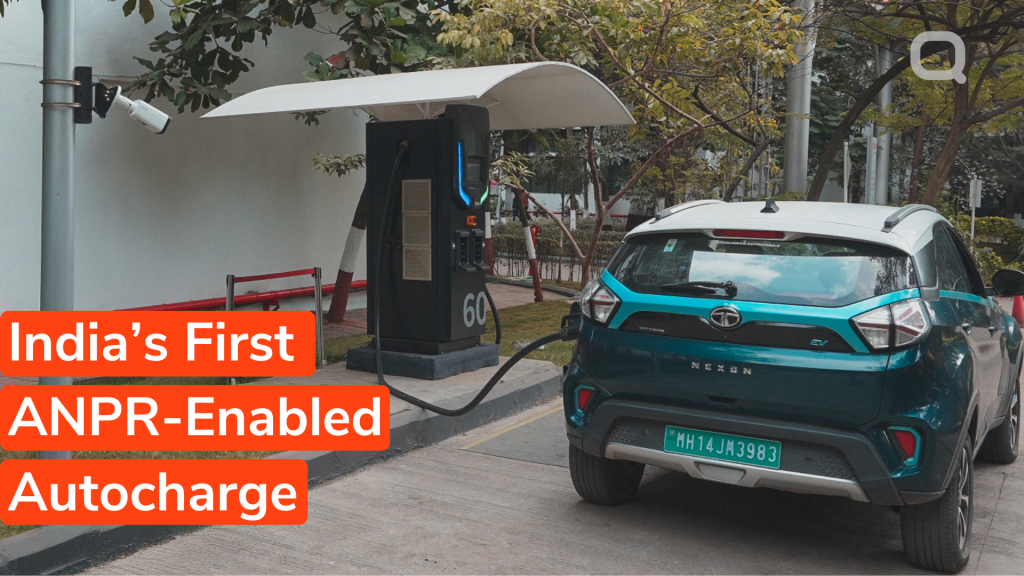During the recent annual budget presented by the finance minister in February 2022, she made firm policy announcements on battery swapping infrastructure and it’s evident that policy objectives are clearly towards massive swift to clean mobility by 2030. We already have determined that the present buying cycle for ICE vehicles is likely the last one where EVs marks the logical procurement choice and that when the vehicles bought this year come up for a replacement in 3 or 5 years; the natural buying decision will likely be an EV rather than an ICE vehicle unless the EV industry itself messes up the golden opportunity presented to it.
As of February 2022, India has a few million electric Rickshaws of varying battery technologies including lead-acid and lithium-ion chemistries. There are some 200 thousand electric scooters, a few thousand electric buses, but less than 20,000 personal electric cars. The passenger car segment, in particular, has a low level of penetration in India with only a few OEMs offering electric vehicles. New launches planned in 2022 this year includes at the top-end the Mini Cooper Electric, the Volvo XC40 Electric and the Mercedes-Benz EQA. At the other end of the spectrum, TATA, and MG plan to launch new electric vehicles models in the 10 to 15 lakhs price spectrum, but the choice for buyers for electric cars continues to be very limited and the disconnect is looming. So, what’s the go? What is the industry doing wrong? What is hampering OEMs from keeping up with the hype that they themselves have created?
To help examine this subject, today we speak with Cyrus Dhabar, Head of Content of Powerdrift; India’s biggest automotive media house.
